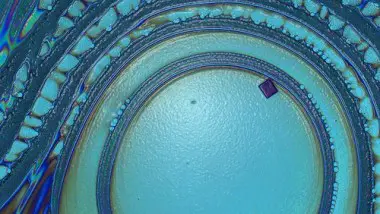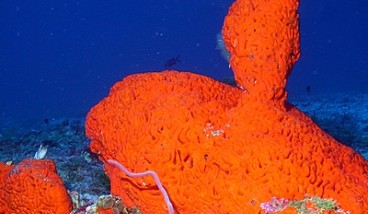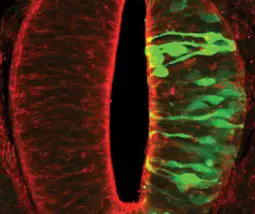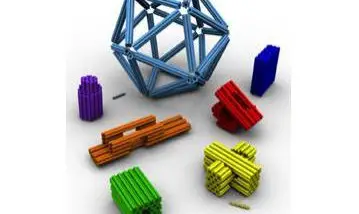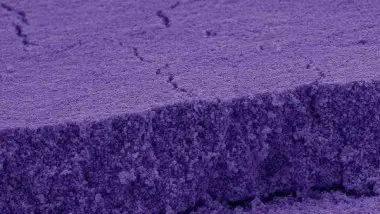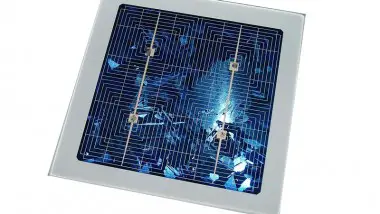Material on a block polymer film separating into segregated pockets. Source: Argonne National Laboratory. Scientists at Argonne National Laboratory in Illinois have developed an extension to atomic layer deposition techniques which could lead to improvements in solar cells and photonic ...
Potential Cancer Drug – From Sponges
Chemists from the Massachusetts Institute of Technology recently discovered an unusual method to synthesize agelastatins – chemicals emitted by sponges of the Agelas family, residing deep in the ocean. The new discovery could help scientists to develop a cure for ...
Drugs Encapsulated in Nanoparticles
Scientists from the Massachusetts Institute of Technology recently introduced a new method to administrate drugs targeted at cancer cells. They have shown success in experiments involving patients with cancer, and their development could help administer other types of drugs. MIT ...
Breakthrough in Thin-Film Solar Cells
Scientists at Johannes Gutenberg University Mainz (JGU) in Germany have recently reported a breakthrough in their search for more efficient thin-film solar cells. Such cells could help create better solar receptors, improving both capacity and utilization of current devices – ...
Inducing Controlled Suicide in Human Cells
Researchers at the Institute for Research in Biomedicine, Barcelona, have recently designed a new tool to study rescue signaling pathways and cell apoptosis. Their development might help scientists to better understand the phenomenon of cells’ excessive accumulation of errors in ...
DNA ‘Origami’
Scientists at Dana-Farber Cancer Institute in Boston, Massachusetts found a way to create multilayered objects from DNA strings. These tiny structures may be used as biomedical nanodevices that could deliver drugs into specific cells, thus aiding the battle against various ...
Smelling Brain Cancer
Scientists from NASA’s Jet Propulsion Laboratory (JPL), researchers from the Brain Mapping Foundation in West Hollywood, and neurosurgeons from the City of Hope Cancer Center have all teamed together to enhance NASA’s “electronic nose” to explore the function of cellular ...
Capturing Cancer Cells with Magnets
Scientists from Georgia Tech have invented a new way of battling cancer. Their new technology involves nanoparticles that attach themselves to cancer cells and guide them out of the body. With further development, this invention may help detect ovarian cancer ...
New Method Doubles Solar Cells Efficiency
Scientists from the University of Washington (UW) have developed a unique method that could drastically boost the efficiency of cheap solar cells. The researchers recently presented their findings at the national meeting of the American Chemical Society. The new method ...
Solar Cells of the Future
Dr. Martin Aagesen from the Nano-Science Center and the Niels Bohr Institute at the University of Copenhagen has discovered a new crystalline material. The crystalline material, called nano flakes, is more efficient than solar panels, converting almost twice the amount ...

